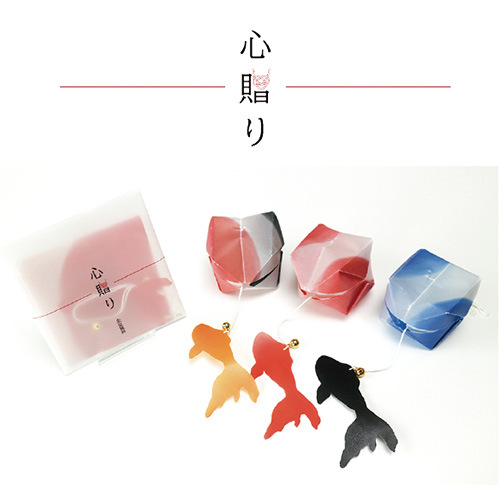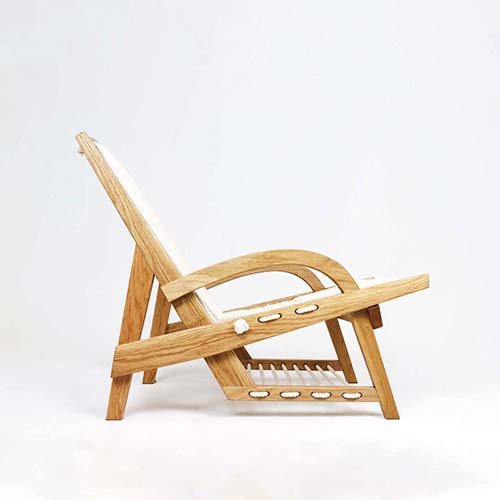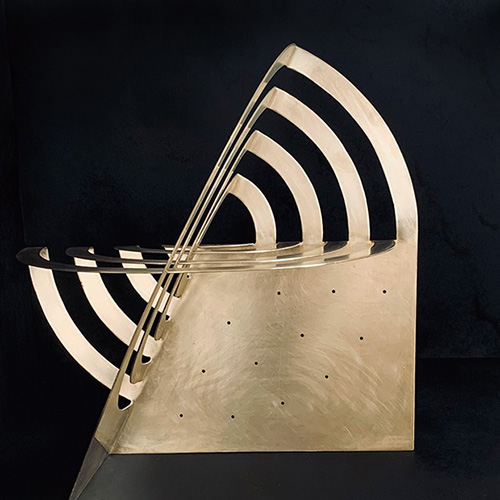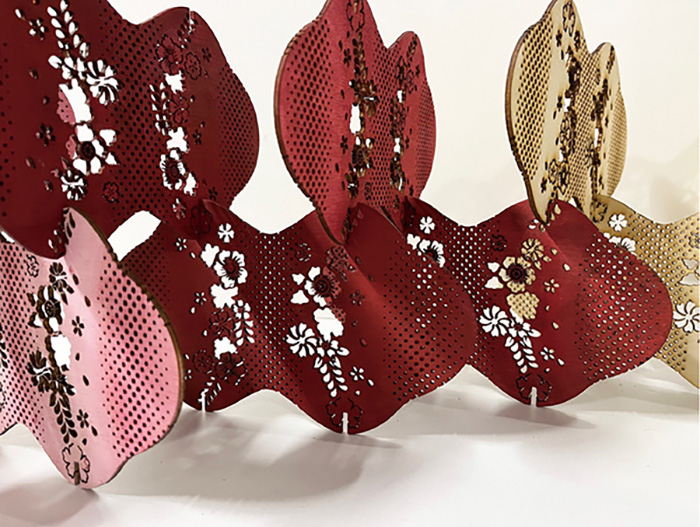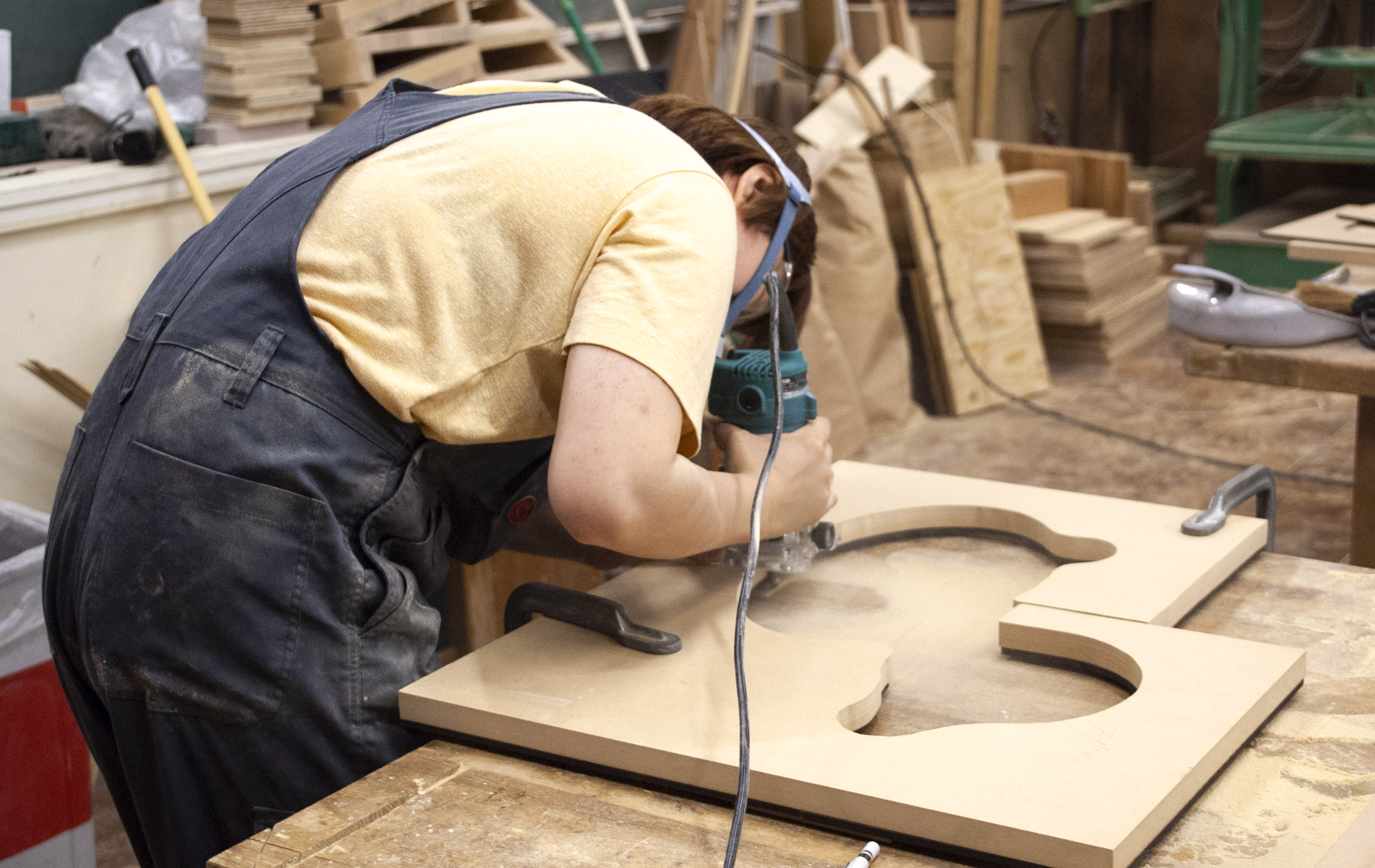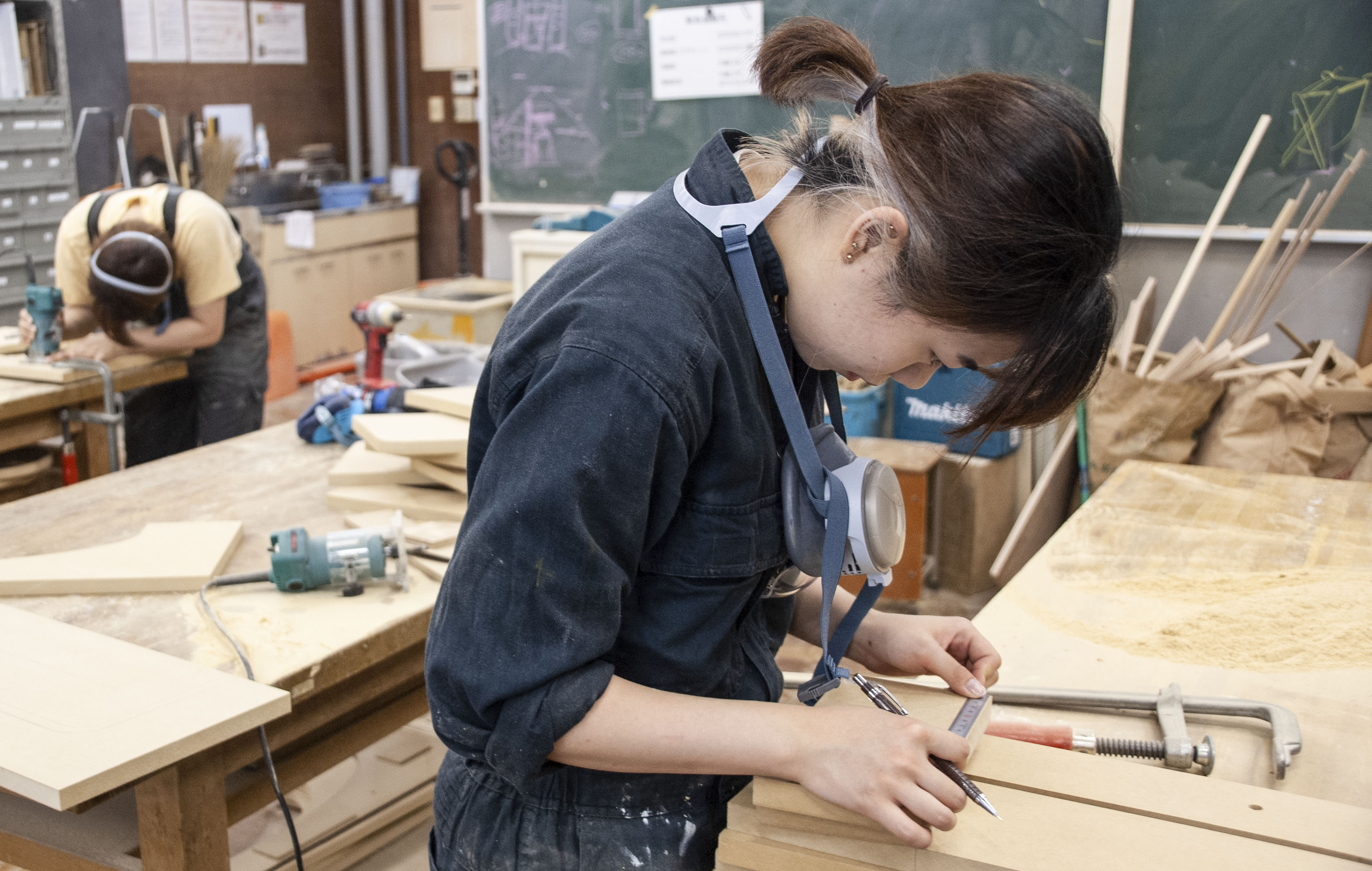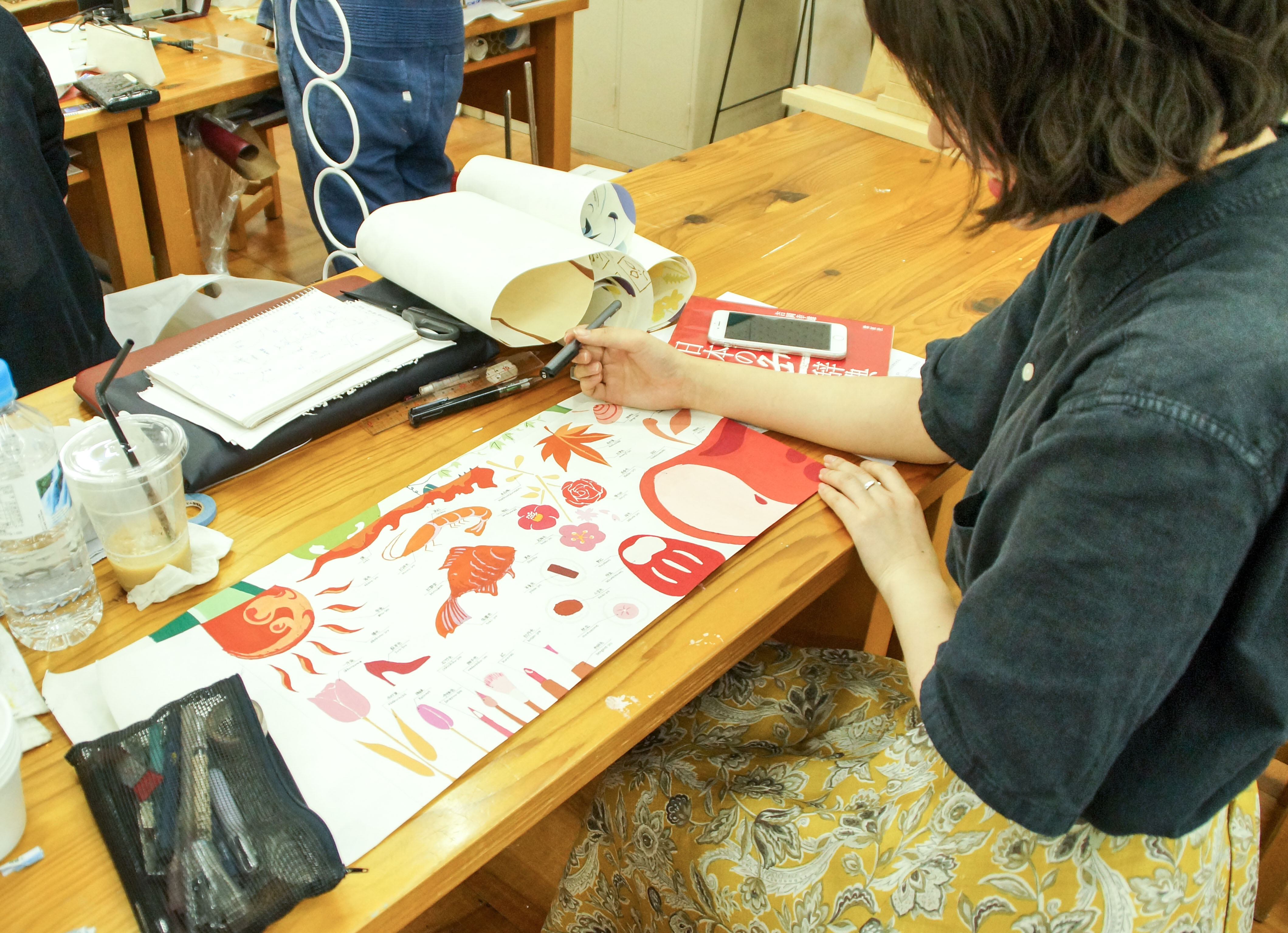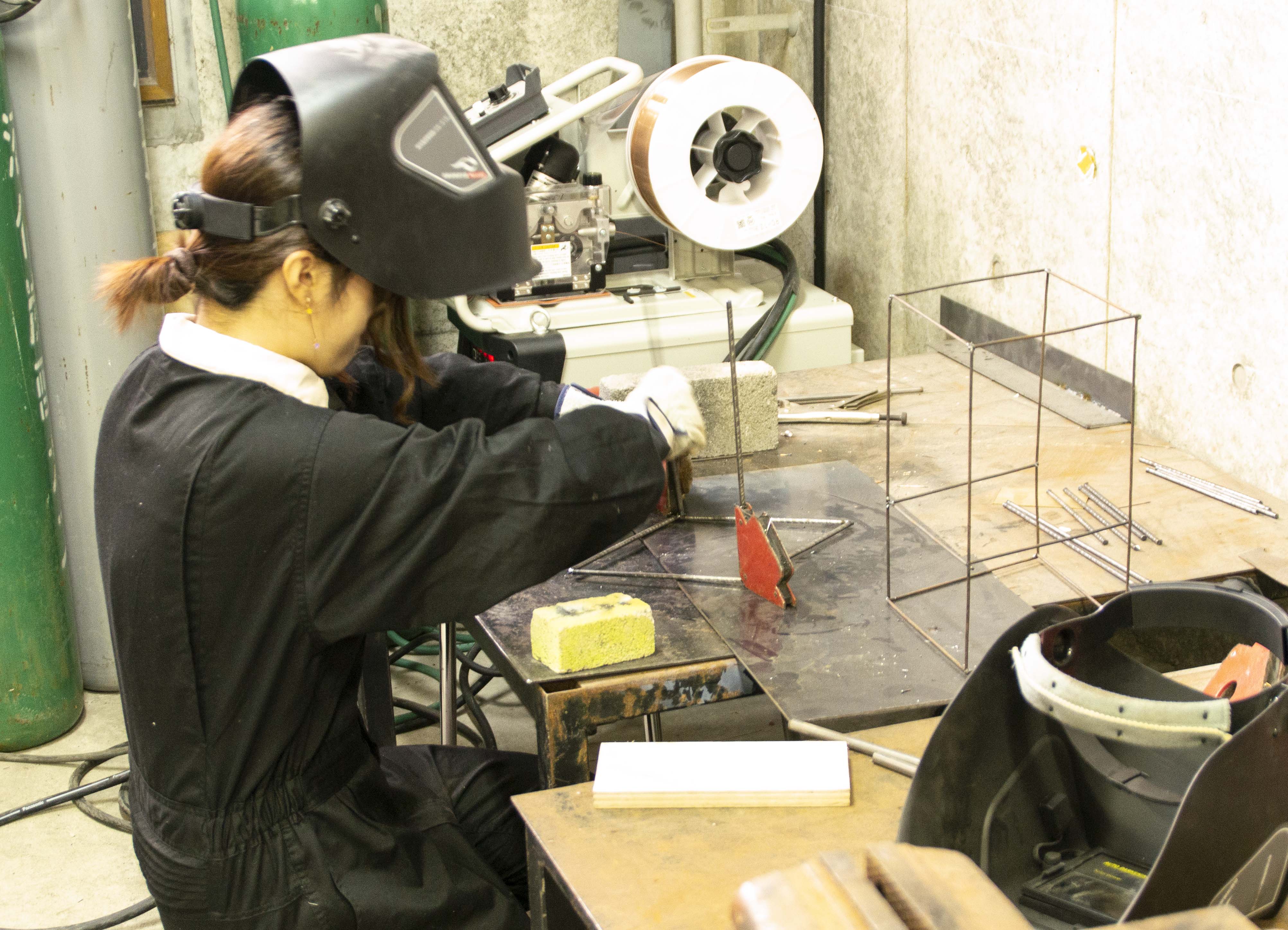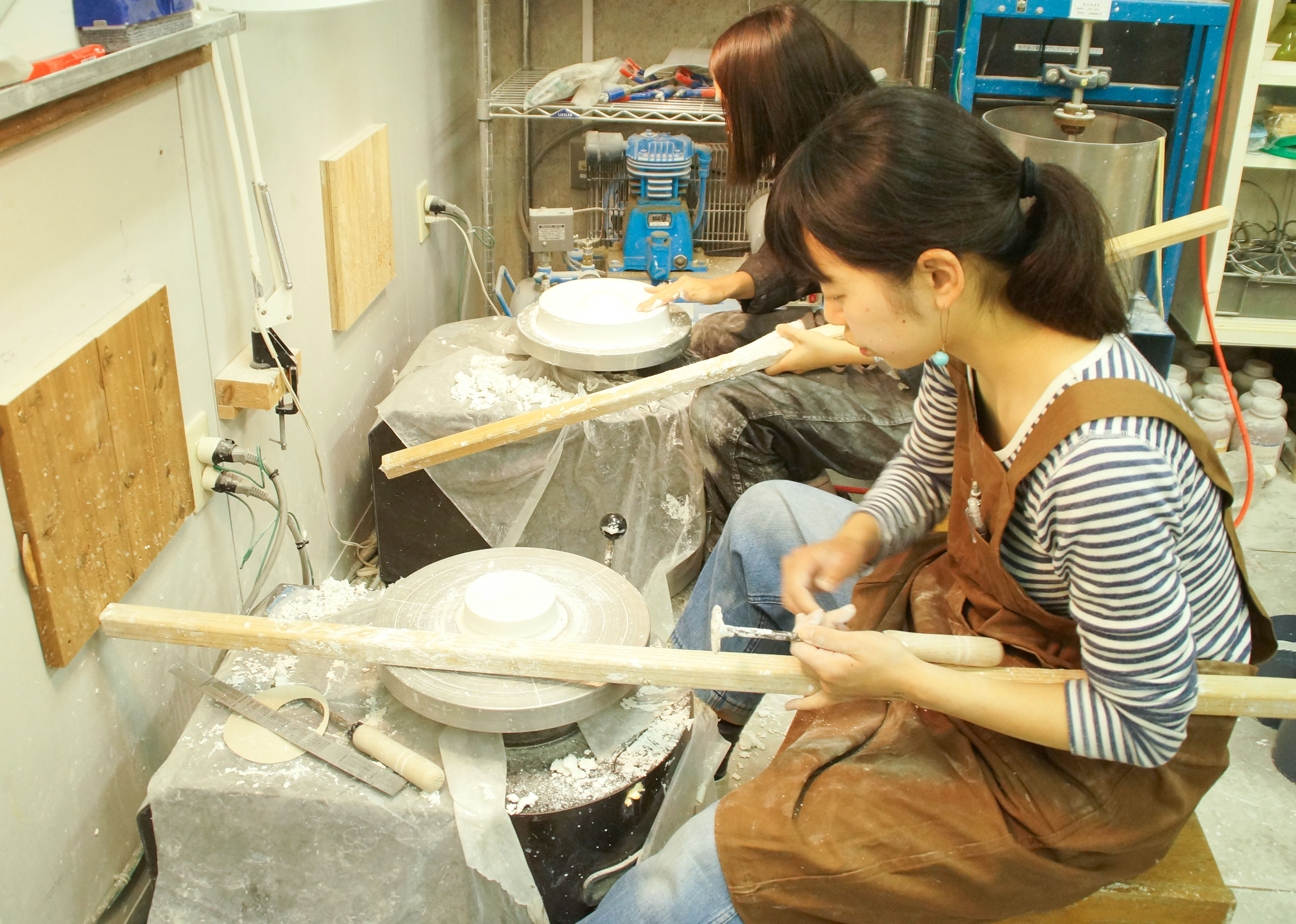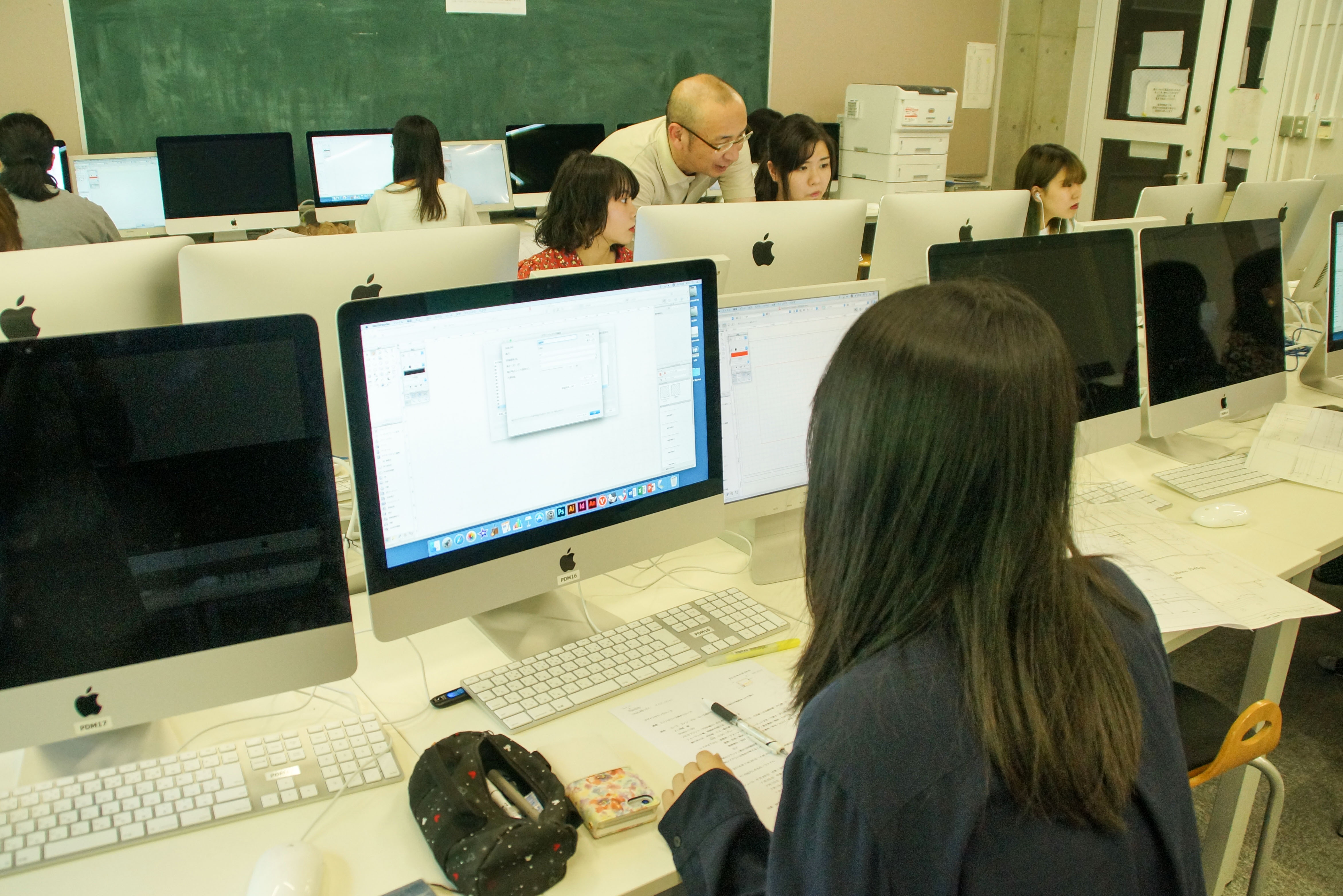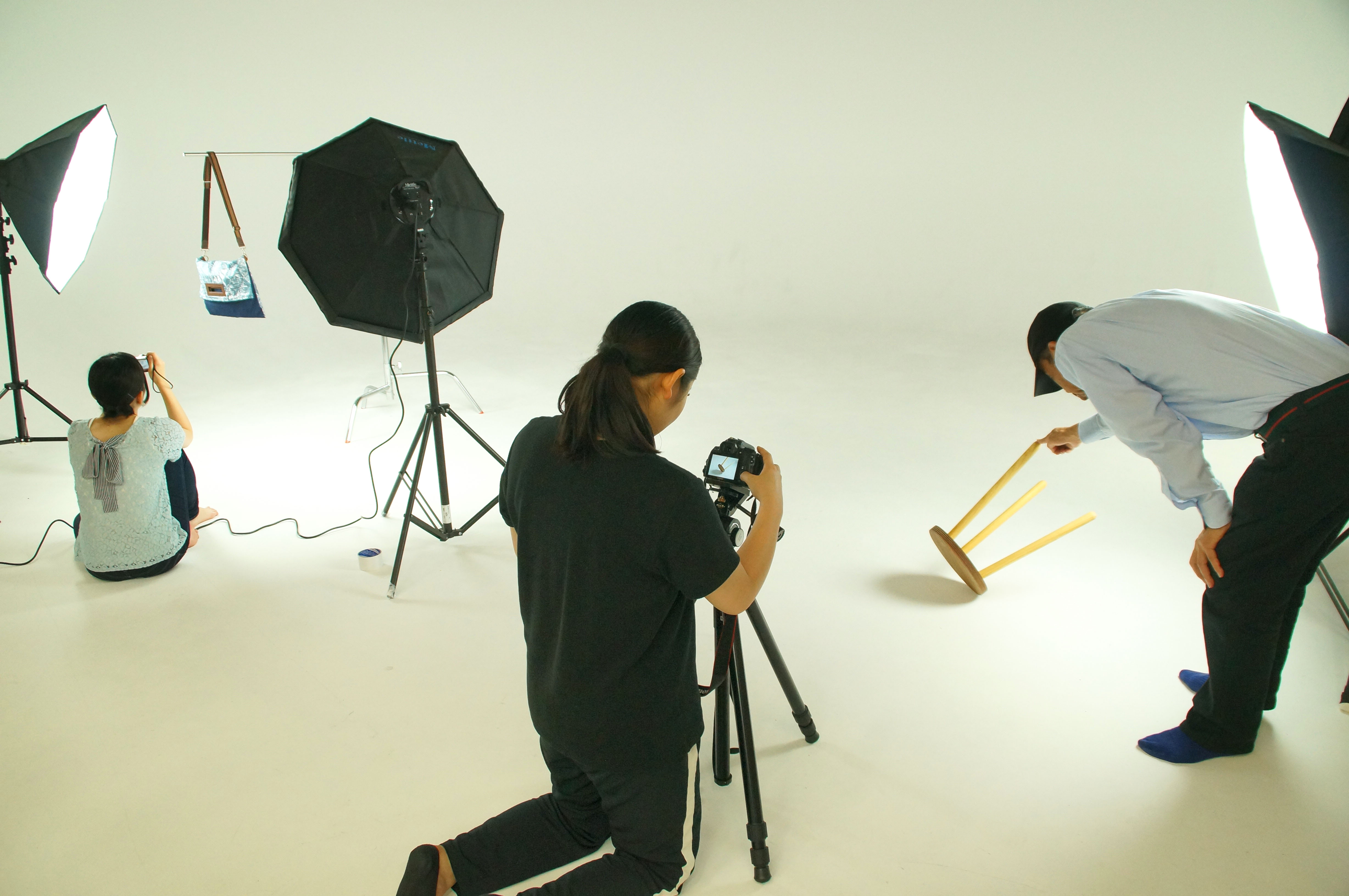Designing interiors and accessories to enrich people's lives
Subject Highlights
-
Students experience Japanese craftsmanship and try traditional crafts, such as lacquerware and bamboo working.
[Crafts / Year 1]
Students learn about traditional crafts, such as lacquerware, hand-hammered metalwork, and bamboo working.Keeping both the maker and the user in mind, students learn the fundamental techniques of each craft.Students also learn the basics of manufacturing and the properties of various materials while working with their hands.This class makes use of our well-equipped facilities, including a room for drying lacquer. -
Learn about differences in production styles by working with French students.
[Workshops / Year 1-4]
Students take workshops with their peers in the ?cole Nationale Supérieure d’Arts de Limoges.In 2019, students from both countries teamed up to design a dining table using local ceramics from Limoges.Students accustomed to entirely different production styles have the opportunity to cooperate and learn how to plan and work with each other.
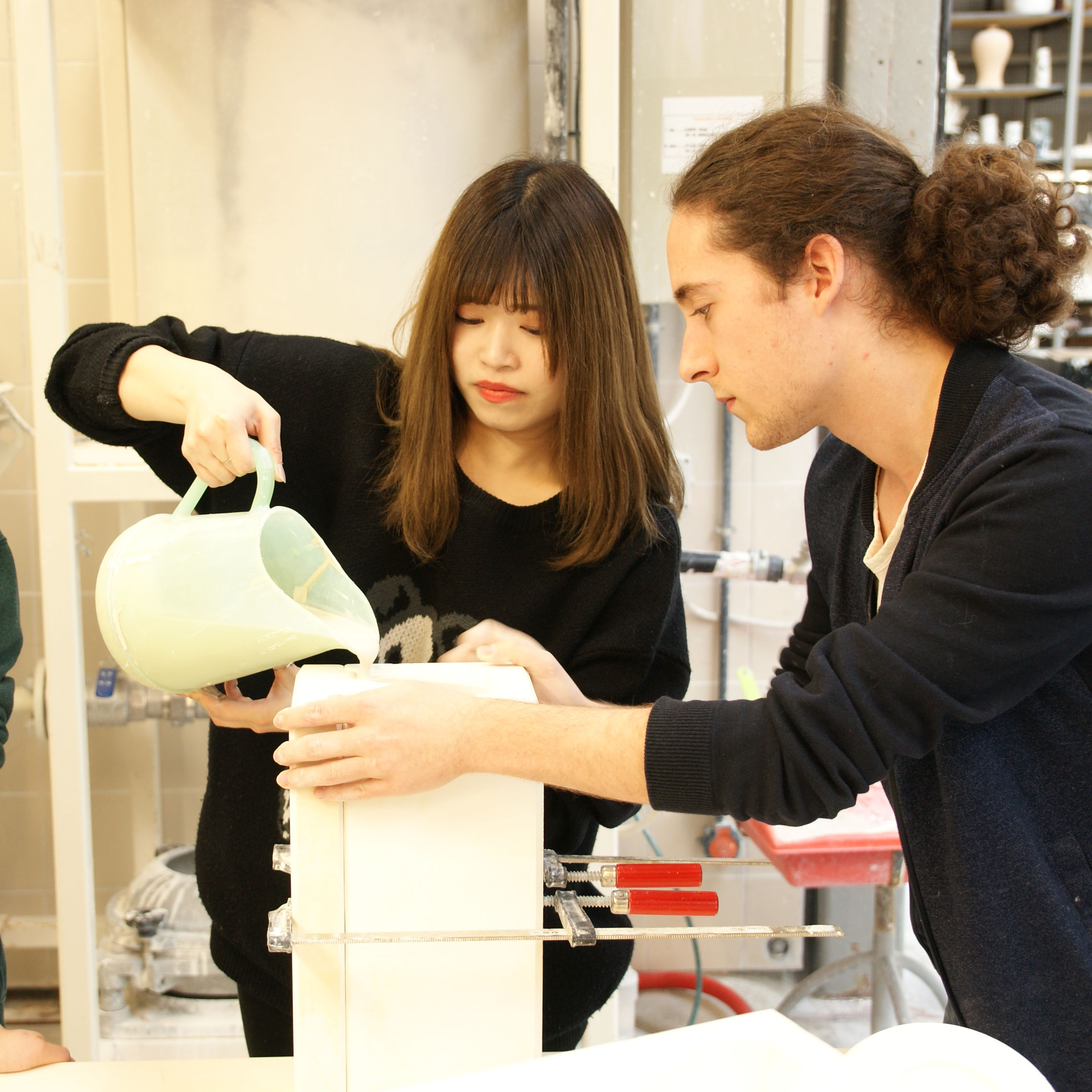
What You Will Study
-
1STYEAR
Learning the basics of practical design
Students develop their descriptive skills in classes where tasks might include learning traditional techniques from Japanese craftsmen or creating over 100 different sketches of plants.Through these practical methods, students learn the basics of design.
-
2NDYEAR
Learning how to give shape to ideas
Students learn to apply design principles to spaces as well as two- and three-dimensional objects.They also deepen their understanding of materials and develop the ability to give shape to their ideas.In a class held in collaboration with private companies, students try their hand at product development.
-
3RDYEAR
Improving practical design skills
Students learn to work on projects that address different aspects of furniture, packaging, and store designand participate in classes involving corporate collaborations to improve their practical design skills.
-
4THYEAR
Completing a graduation project
After deepening their understanding of contemporary lifestyles, students are able to create designs that enrich people’s lives.Students set their own topics, conduct research, and produce something of their own to complete their graduation project.
What You Will Learn
- The descriptive and modeling abilities needed to give shape to ideas
- The ability to plan and propose products that enrich people's lives
- Traditional craft techniques and the ability to handle a variety of materials
Student Works
Facilities
Woodworking room
This room is fully equipped with the tools needed for cutting, planing, sanding, polishing, and drilling wood.It can be used for all kinds of woodworking, from making tables and chairs to crafting stationery and accessories.
PICK UP!
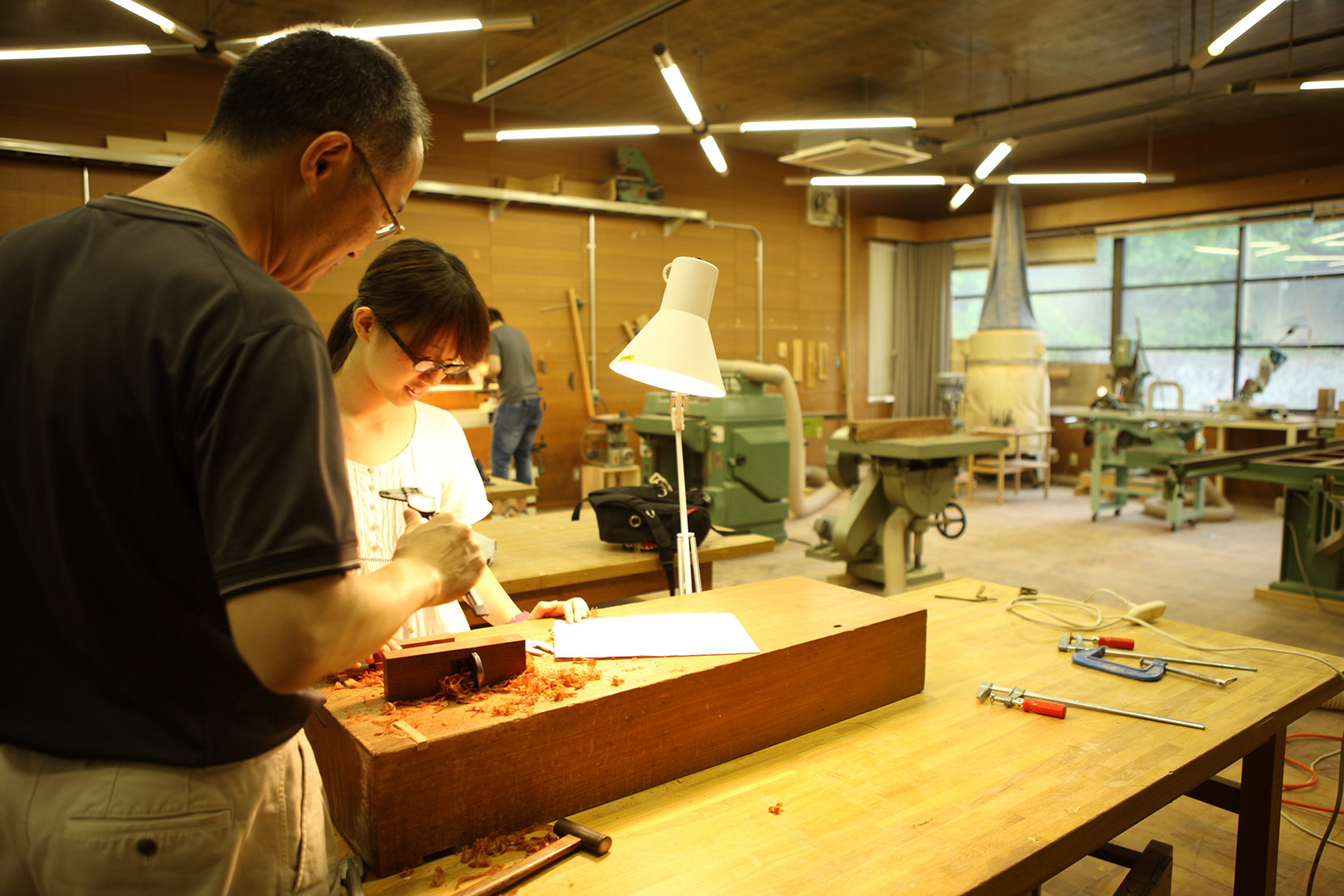
-

With its array of computers, students can work on their CAD and DTP skills in the Computer Graphics Lab.
-
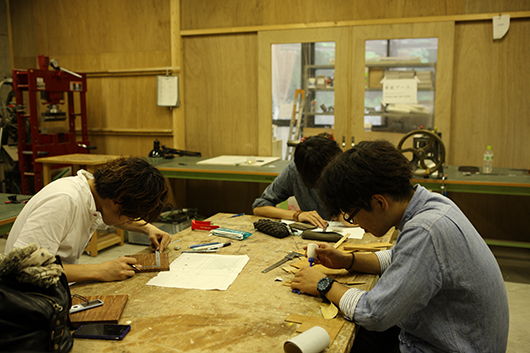
There is also specialized equipment for metal processing, such as pipe cutters and high-capacity air filters.In addition, students can also utilize the facilities for various specialized processes and techniques, such as painting booths and the CAD/CG labs.
Photo Gallery
Careers
- Furniture or lighting designer
- Goods or craft designer
- Interior designer with a second-class architect's license
- Packaging or editorial designer
Voice
-
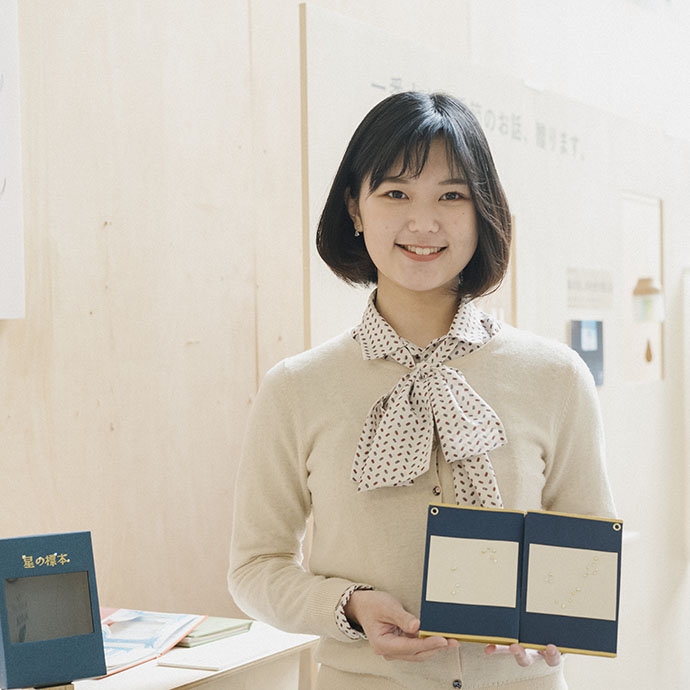
OTSU Marika Current Student Expression as a seed planted in people's minds
I have always been interested in interior design, stationery, and magazine design, so I chose the Interior and Goods Design Course, which brought them all together.After taking a wide range of classes, I eventually discovered that my greatest curiosity was in the relationship between language and expression.It all started with a presentation I had to make about something I made for a class assignment.I've always been uncomfortable with public speaking, but I had spent so much time working on the work that I wanted to tell my classmates why it was so special to me.I began by thoroughly analyzing my process and doing my best to put my motivation for creating and designing it into words.At the same time, I tried to incorporate humor into my explanation to create an atmosphere that made it enjoyable to listen to.As a result, I was able to make a complex concept seem interesting.That’s when I first began to develop an interest in language, and for my graduation project, I plan to analyze the spoken language of the past and develop it into a card game.For me, expression has the power to plant a seed in the mind of the listener.I hope the recipients of these seeds nurture them so that they bloom in their own pleasant way.I want to continue pursuing my passion for making things and expressing their value to others. -
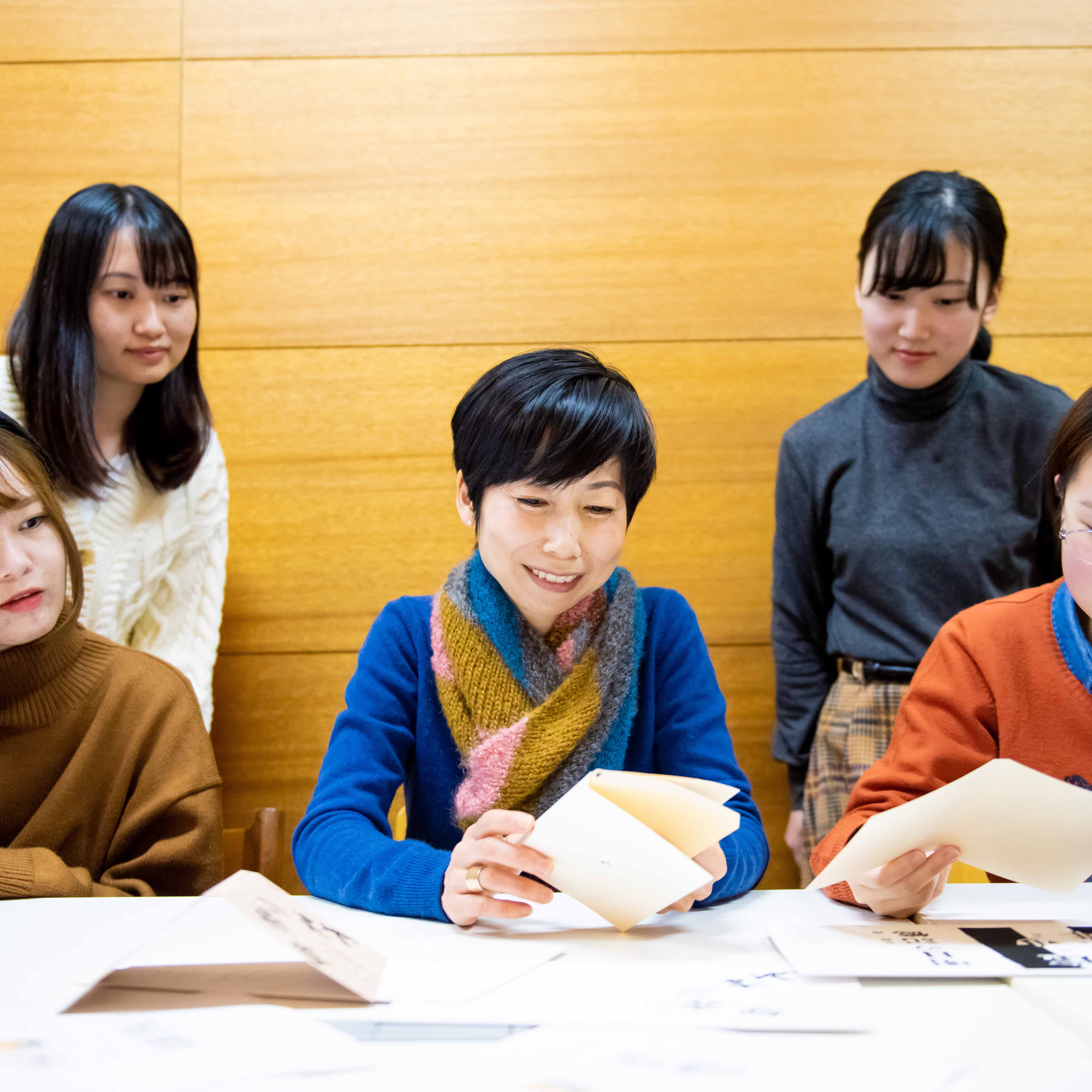
AWADA Akemi Academic Faculty The beauty of tools made by human hands
One of the features of the Interior and Goods Design Course is that students can work across a wide range of fields, designing two- and three-dimensional objects (e.g., graphics and products) as well as spaces (e.g., interior design).Another attraction of this course is that traditional Kyoto crafts are incorporated into the classes.I hope that students will make the most of a university environment where they can encounter so many different ideas and creations. Here, they can learn to understand the culture and traditions that form the basis of daily life, gain a sensitivity to see the essence of things, and acquire the ability to see through problems, analyze, edit, and express themselves.My own research attempts to tell the story of the beautiful, handmade tools used in traditional crafts{j}and bring insights from these designs into the modern age.Since my university days, I have been a member of the Harihata Seikatsu Shiryo Kenkyukai (lit. “Harihata Living Materials Study Group”), where I’ve researched the household tools found in former Kutsuki Village from the perspective of design.These tools are filled with the memories and wisdom of people who lived in harmony with the natural environment.I believe that we can find insights into beauty and design not only in the world of traditional crafts and artisans but also in the objects that come out of everyday life and the natural world.And it’s crucial to have a range of interests to maintain one’s curiosity.After you enter university, I encourage you to dive into many different fields and specialties—even if at first you aren’t interested in them.Because no matter what it is, the experience itself is bound to expand your range of expression.



